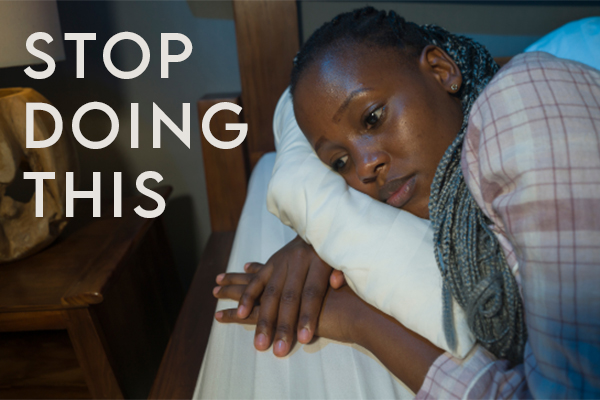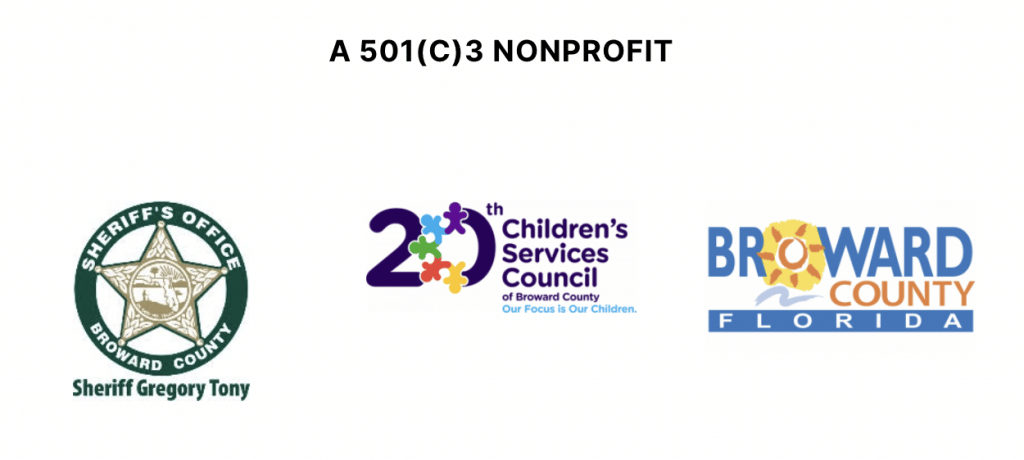
We all worry about things that have yet to happen. Looking to the future while expecting a negative outcome is a natural human behavior, but catastrophic thinking can distort our perception of what is actually happening and bring about the outcomes we are trying to avoid.
Worrying is kind of a strange thing when you think about it. While it can help to motivate you into taking action, it can also have the completely opposite effect and paralyze you from doing anything at all to alleviate your fears.
Sometimes worrying can become so bad, we begin to predict the outcome of almost every hurdle, challenge, or setback as a catastrophic disaster.
When worrying becomes this bad you become paralyzed by fear. You may spiral further into a self-imposed pit of despair and depression.
Today we are going to learn a little bit about why we develop catastrophic thoughts as well as a simple 3-step method to stop catastrophic thinking.
Why do we catastrophize anyway?
Believe it or not, catastrophizing future events to expect the worst possible outcomes is a form of protection. You read that correctly, your brain is trying to protect you by imagining the most horrific possibilities that could result from a given scenario.
When you’re done shaking your head in disbelief, consider this.
If you KNEW beyond a reasonable doubt that jumping into a dark and bottomless pit would result in your demise, would you do it? Would you plunge into that unknown chasm knowing that there would be no chance that you would ever come out alive?
No, of course not.
You would stay away and warn everyone else not to go either. You would worry that your life would come to a premature end, so you would avoid jumping into the void.
But what if we’re not talking about some hypothetical death cave, but instead about your career. Maybe your finances. How about your relationships?
Why would worrying about my career or family cause me to go into a survival-driven panic? Because your brain can’t tell the difference between a real threat, and one that is completely hypothetical.
It’s an evolutionary survival mechanism that is trying to steer you away from certain death. Now here’s the thing. Not every challenge or setback in life is as impactful as the result of plunging yourself into a bottomless pit. But for some people, their brain can’t tell the difference.
For some, catastrophic thinking has become a coping mechanism in response to years of disappointing outcomes. For others, it is the result of prolonged trauma and abuse. Whatever the cause, the result is the same.
Anxiety, depression, and a severe lack of motivation.
They become stuck. They worry. And it only ever gets worse.
A simple 3-step method to stop catastrophic thinking
Step #1: Be able to identify what you are feeling
This step is the most important of the three. When you begin feeling nervous, take note of it. It doesn’t matter what you are nervous about, the idea is just to become aware of what your emotional state is.
Many times, we allow our anxieties to amplify if we are unaware of them. If it goes unchecked, your mind may make the possible outcomes seem worse than they really are.
You can remind yourself that you are safe. You are not in a life-threatening situation. When you are starting out with this exercise, it helps to write down words to describe the feelings and sensations that you are experiencing.
This helps by removing these anxious and distorted thoughts away from the realm of emotion and begins to place them into the realm of logic and rationality.
Describe the situation that is making you nervous in the most factual way possible. Do not include descriptive words or any kind of qualifier. Just the facts.
We want to begin training our brain to respond with our rational thoughts, not our emotions.
Step #2: Directly challenge your catastrophic thoughts
Using the completely factual description that you wrote down in the previous step, begin to challenge your predicted catastrophic outcomes.
From a completely logical standpoint ask yourself: Are there ANY other possible outcomes other than the one I am afraid of? If so, what are those possible outcomes?
If I cannot change any aspect of what I am worried about, why would worrying help me? Will worrying change the outcome to be in my favor?
Can you think of any other questions that you could ask yourself to challenge your catastrophic thoughts?
Step #3: Replace your negative catastrophic thoughts with logical and productive thoughts
Once you begin to challenge your catastrophic thinking, it rarely stands up to rational scrutiny. When your mind is clear, you can begin to see things the way they really are.
Calming your mind and reducing negative thinking is not enough. You must train yourself to replace those negative catastrophic thoughts with positive ones.
Is there anything that I have control over that will increase the chance of a positive outcome? If so, what can I do?
Taking action in areas you have control over can help alleviate anxiety and reduce time spent worrying. The only way to guarantee failure in anything that you do is to not even try.
If you have already done everything in your power towards achieving a positive outcome, then spending time worrying will accomplish nothing. Allow yourself to be vulnerable. Do not invite failure into your life by focusing on that possibility as the most probable outcome.
You control your thoughts; your thoughts do not control you!
For more techniques (and a great workshop) on controlling fear and anxiety, read our article Learn How to Reach Your Goals by Defeating Your Fears.
Healing Arts Institute offers specialized therapeutic services from highly trained and empathetic professionals. Call or visit our website to learn more about how we can help you through your healing journey and realize your full potential.
Citations:
Therapy in a Nutshell. “Catastrophizing (How to Stop Expecting the Worst) Depression and Anxiety Skill #7.” YouTube, uploaded by Therapy in a Nutshell, 21 Mar. 2019, www.youtube.com/watch?v=iY6f8kvBSyM&list=PLbPJLaLL5_ENqax0xTBoEGV5mxNmkseHQ&index=39&t=131s.
Wong, W. S., et al. “The Effects of Anxiety Sensitivity, Pain Hypervigilance, and Pain Catastrophizing on Quality of Life Outcomes of Patients with Chronic Pain: a Preliminary, Cross-Sectional Analysis.” Quality of Life Research, vol. 23, no. 8, 2014, pp. 2333–2341., www.jstor.org/stable/24727656. Accessed 15 Feb. 2021.


No responses yet